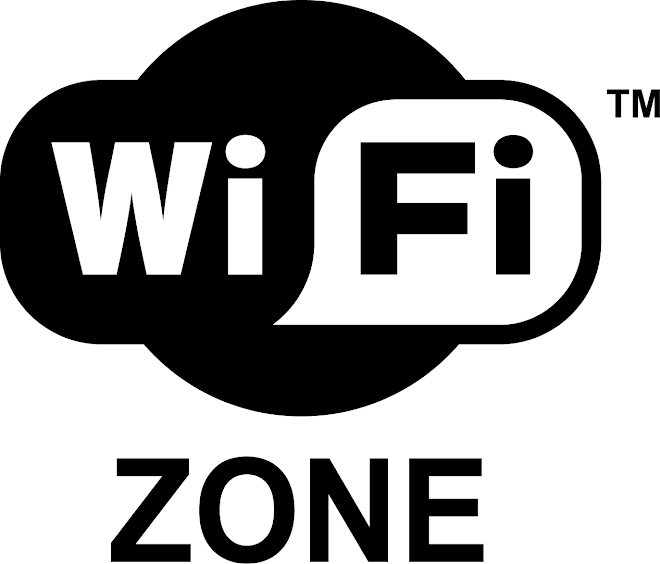Threat: A threat is an indication of intent to cause disruption within an
information system. Some examples of threat agents are hackers, disgruntled
employees, and malicious software (malware) such as viruses
or spyware that can wreak havoc on a wireless network.
Vulnerability: A vulnerability is a weakness within an information
system that can be exploited by a threat. Some examples are wireless
networks not using encryption, weak passwords on wireless access
points or APs (which is the central hub for a set of wireless computers),
and an AP sending wireless signals outside the building. Wireless-network
vulnerabilities are what we’ll be seeking out in this book.
Beyond these basics, quite a few things can happen when a threat actually
exploits the vulnerabilities of a various wireless network. This situation is
called risk. Even when you think there’s nothing going across your wireless
network that a hacker would want — or you figure the likelihood of something
bad happening is very low — there’s still ample opportunity for trouble.
Risks associated with vulnerable wireless networks include
Full access to files being transmitted or even sitting on the server
Stolen passwords
Intercepted e-mails
Back-door entry points into your wired network
Denial-of-service attacks causing downtime and productivity losses
Violations of state, federal, or international laws and regulations relating
to privacy, corporate financial reporting, and more
“Zombies” — A hacker using your system to attack other networks
making you look like the bad guy
Spamming — A spammer using your e-mail server or workstations to
send out spam, spyware, viruses, and other nonsense e-mails
We could go on and on, but you get the idea. The risks on wireless networks
are not much different from those on wired ones. Wireless risks just have a
greater likelihood of occurring — that’s because wireless networks normally
have a larger number of vulnerabilities.
The really bad thing about all this is that without the right equipment and
vigilant network monitoring, it can be impossible to detect someone hacking
your airwaves — even from a couple of miles away! Wireless-network compromises
can include a nosy neighbor using a frequency scanner to listen in
on your cordless phone conversations — or nosy co-workers overhearing
private boardroom conversations. Without the physical layer of protection
we’ve grown so accustomed to with our wired networks, anything is possible.
Wednesday, March 17, 2010
Subscribe to:
Post Comments (Atom)


No comments:
Post a Comment